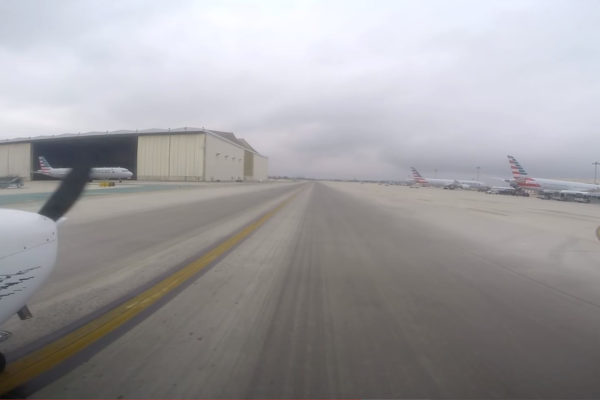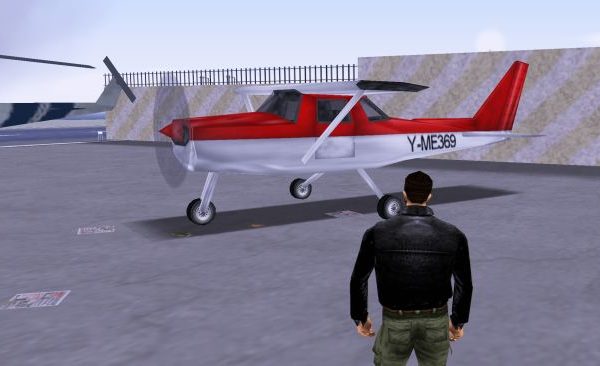
Photo by Avel Chuklanov on Unsplash
LOS ANGELES, CA – If the flight Instructor that trained you to fly with a constant speed propellor warned against letting manifold pressure (MP) exceed RPM lest the engine would blow up, go ask them for a refund. That instructor was misinformed and perpetuating horseshit.
Manifold pressure can be a misleading phrase for the uninitiated so in simple terms it is the amount of vacuum (suction) in the intake manifold – the structure between the throttle inlet butterfly valve and the cylinders. The more the throttle is opened, the closer manifold pressure returns to atmospheric pressure. If the engine is turbocharged the MP will exceed atmospheric pressure by quite a lot especially at cruising altitudes.
Most pilots learn to fly in a plane with a fixed pitch propeller and no MP gauge such as a Cessna 172. On the takeoff roll and initial climb the engine RPM might only reach 2200-2400 yet the throttle is wide open. If the plane had a MP gauge it would be reading around 28″ at sea level and you had no idea you were flying oversquare from day one!
Here is a classic article written by Mike Busch that explains the background and benefits of flying oversquare in more detail than most pilots reading Aviation Daily News have the attention span for: https://www.aopa.org/news-and-media/all-news/2018/october/pilot/savvy-aviator-hip-to-be-over-square
Not only does Lycoming and Continental recommend flying oversquare by up to 5″ in normally aspirated engines, they publish charts with exact settings for various performance scenarios:

Mooney 201 Engine Performance

Mooney 201 Engine Performance




